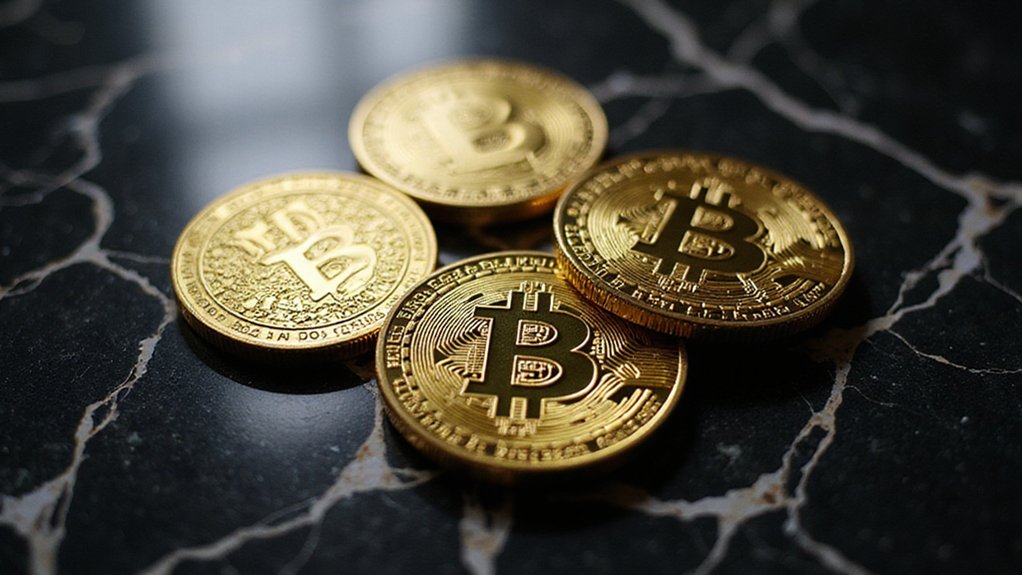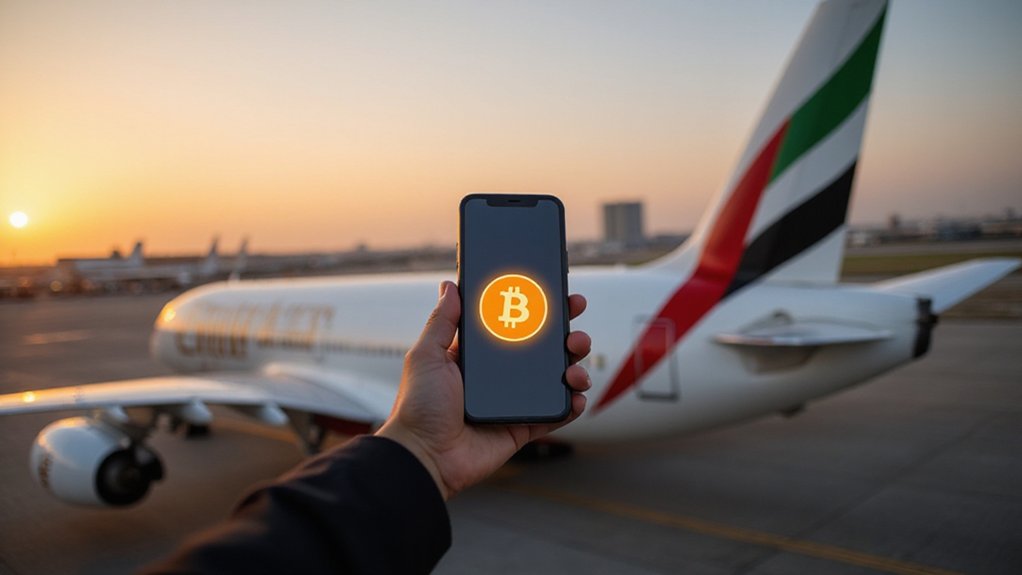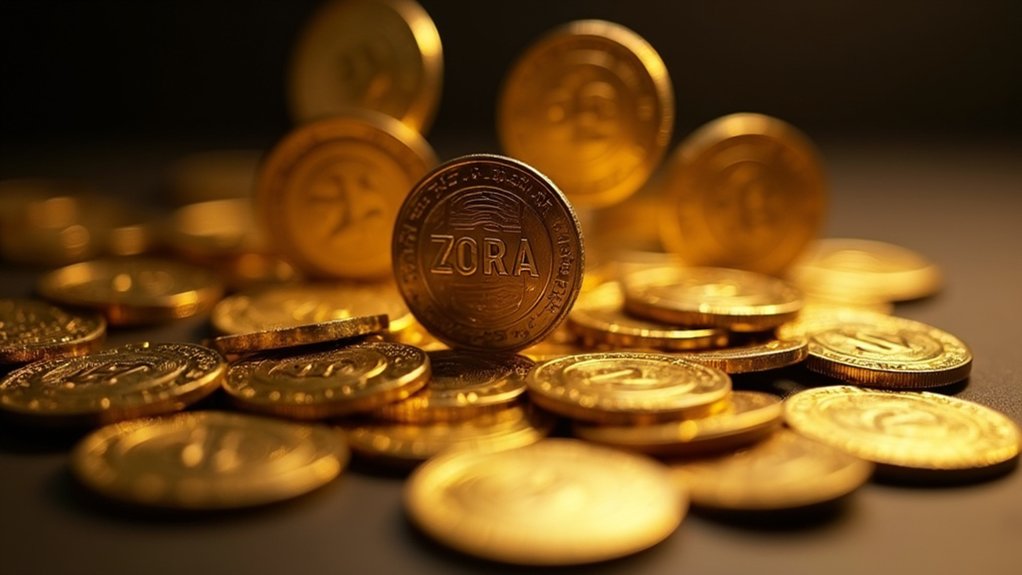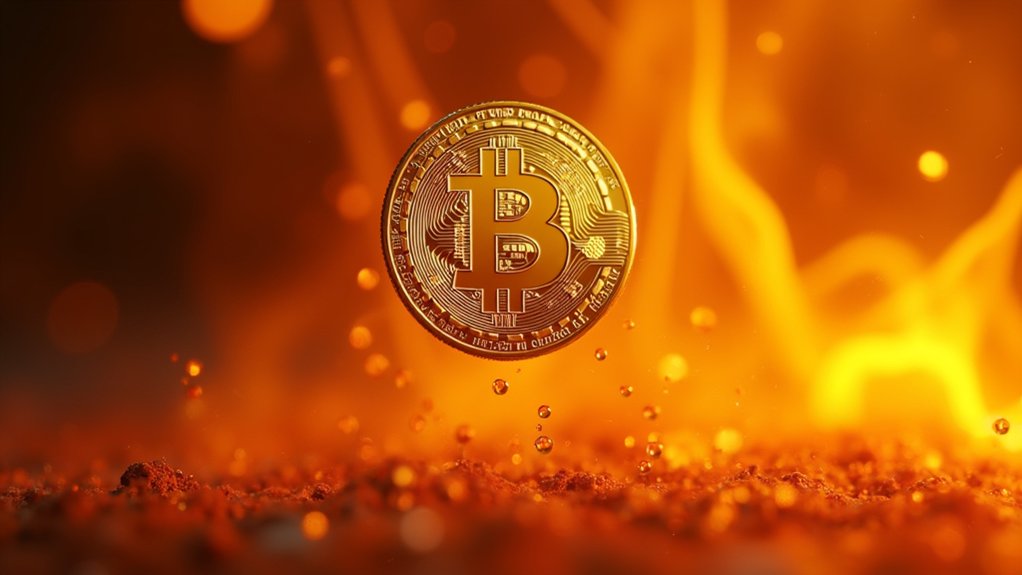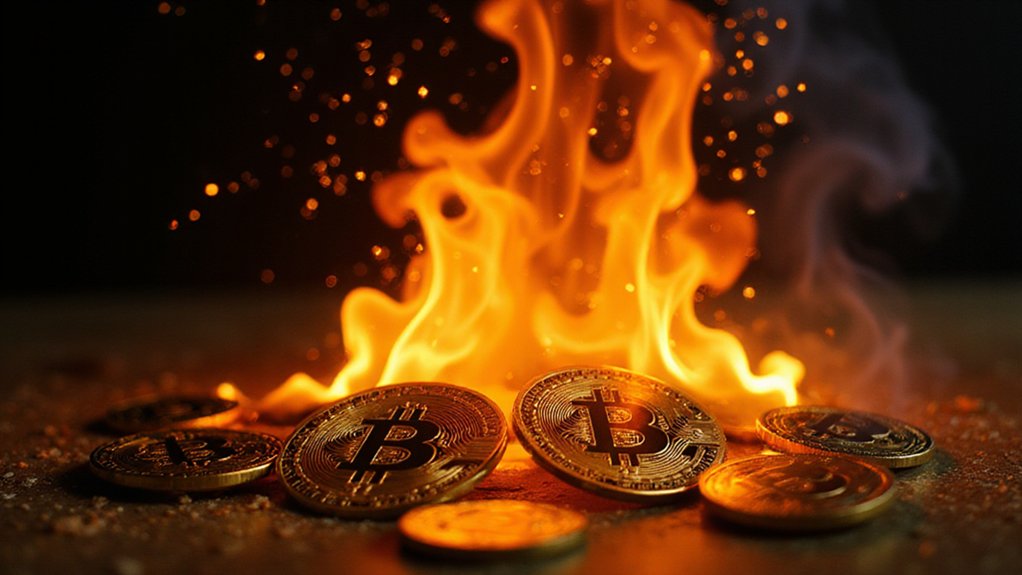While the financial world has witnessed countless revolutionary promises that amounted to little more than PowerPoint presentations and pivot tables, the crypto tokenization movement appears to be delivering something altogether more substantive—a fundamental restructuring of how assets are owned, traded, and accessed.
The numbers emerging from 2025 suggest this transformation has moved beyond theoretical frameworks into measurable reality. Asset tokenization markets, projected at $2.08 trillion this year, are expected to expand at a rather ambitious 45.46% CAGR toward $13.55 trillion by 2030—figures that would typically invite skepticism were they not accompanied by concrete evidence of institutional participation and regulatory accommodation.
Real-world asset tokenization has surged over 260% in the first half of 2025, reaching $23 billion in value, with tokenized private credit commanding 58% market share and US Treasury debt capturing 34%. This represents a curious inversion of traditional finance’s hierarchy, where previously illiquid assets like private credit now lead digital adoption while supposedly more liquid instruments follow behind.
Ethereum and Solana have emerged as the primary infrastructure for this transformation, their smart contract capabilities enabling sophisticated financial instruments that would have required armies of lawyers and months of documentation to structure in traditional markets. The fractional ownership model enabled by these platforms allows investors to diversify across traditionally capital-intensive sectors while reducing individual risk exposure through smaller investment thresholds.
Chainlink’s oracle infrastructure provides the critical bridge between on-chain protocols and real-world asset data—a decidedly unglamorous but essential function that highlights how revolutionary changes often depend on mundane technical solutions.
The regulatory environment remains characteristically complex, with the SEC treating most tokenized assets as securities while providing new guidance on staking that has boosted institutional confidence. The absence of dedicated RWA regulatory frameworks creates an interesting paradox: innovation proceeding rapidly within unclear boundaries, driven by economic incentives that reduce securitization costs by up to 97% while expanding investor access to retail levels. Smart contracts eliminate the need for trusted intermediaries in these transactions, providing unbreakable security through cryptographic protocols while automatically enforcing terms when specified conditions are met.
Leading platforms like Centrifuge, Maple, and Securitize are processing everything from structured credit products to consumer mortgages, suggesting the tokenization thesis extends far beyond speculative trading into fundamental market infrastructure. The World Economic Forum projects tokenization could represent 10% of global GDP by 2027, indicating institutional recognition of the scale and permanence of this transformation.
Whether this represents the beginning of finance’s digital transformation or merely its latest iteration remains to be determined, though the trajectory appears increasingly difficult to reverse.
